Daily Maverick 168
Noah’s seed bunker: Protecting billions of wild plants

It’s bomb-proof, radiation-proof and icy cold in this cavernous tomb of life, 60km south of central London.
First published in the Daily Maverick 168 weekly newspaper.
Chilling at minus 20°C in airtight glass jars in a vault large enough to house 30 double-decker buses, there are nearly 2.5 billion seeds from across the world lying in cold storage here, including thousands of South Africa’s most precious wild seeds.
Depending on whether you are of a glass half-empty or half-full persuasion, this massive global facility can be seen either as a Doomsday vault or a modern Noah’s Ark. Either way, it was set up as an insurance policy to ensure the continuity of a rich variety of plant life should the parent stock become scarce or extinct in this era of relentless destruction of the shrinking world of nature.
Over the past 20 years, plant experts from around the world have stashed away seeds from more than 40,000 different species of trees and plants as part of the Millennium Seed Bank Partnership, the world’s largest off-site conservation project for wild plants.
South Africa, a country with an extraordinarily rich mixture of plant life, is one of the largest shareholders – having banked seeds from nearly 5,000 plant species in the underground vault near Wakehurst botanical gardens in Sussex.
Ideally, none of the shareholders want to make any withdrawals from this emergency savings bank. Yet South Africa has already had to call back some of the seeds that were deposited there 15 years ago.
The first local seeds to be withdrawn were from Marasmodes undulata, an inconspicuous shrub with yellow flowers first discovered in the Western Cape in 1946. But now it is one of South Africa’s most critically endangered species, restricted until recently to just one small patch of land in the Paarl Valley.
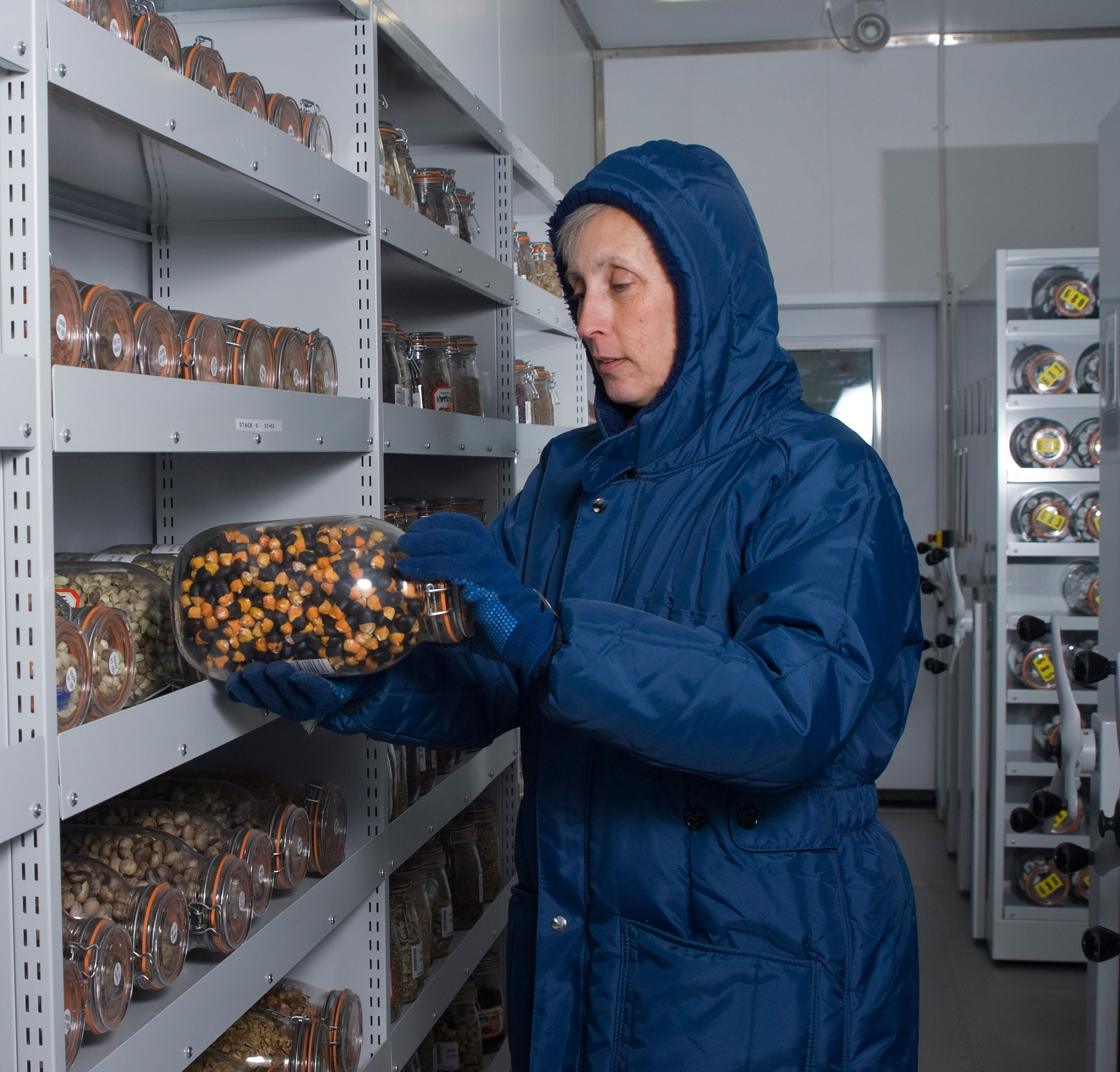
Beverley Maynard stores seeds in the Millennium Seed Bank vaults. Credit: RBG Kew
Luckily, a small number of these seeds were deposited in the Millennium Seed Bank in 2005 and earlier this year some were flown home from London after the plant’s last remaining patch of living space was scorched by a bushfire, leaving none left in the wild.
There are similar examples from across the world.
In Australia, over 1,000 seeds from a rare clover plant were collected in 2007 and sent to England, but 250 were sent back earlier this year to help restore thousands of hectares of vegetation scorched by intense bush fires near Adelaide. Earlier this year, a team of 145 expert authors from 50 countries also published a report that suggests that roughly one million animal and plant species are now threatened with extinction, many within decades.
The landmark report – by the Intergovernmental Science-Policy Platform on Biodiversity and Ecosystem Services (IPBES) – found that nature is declining at rates unprecedented in human history.
But this is not surprising considering that the world’s human population has more than doubled (from 3.7 to 7.6 billion) since 1970.
More than a third of the world’s land surface and nearly 75% of freshwater resources are now devoted to crop or livestock production. Three-quarters of the land environment is also classified as “severely altered” by human actions, while climate change is likely to accelerate the extinction trajectory for several species.
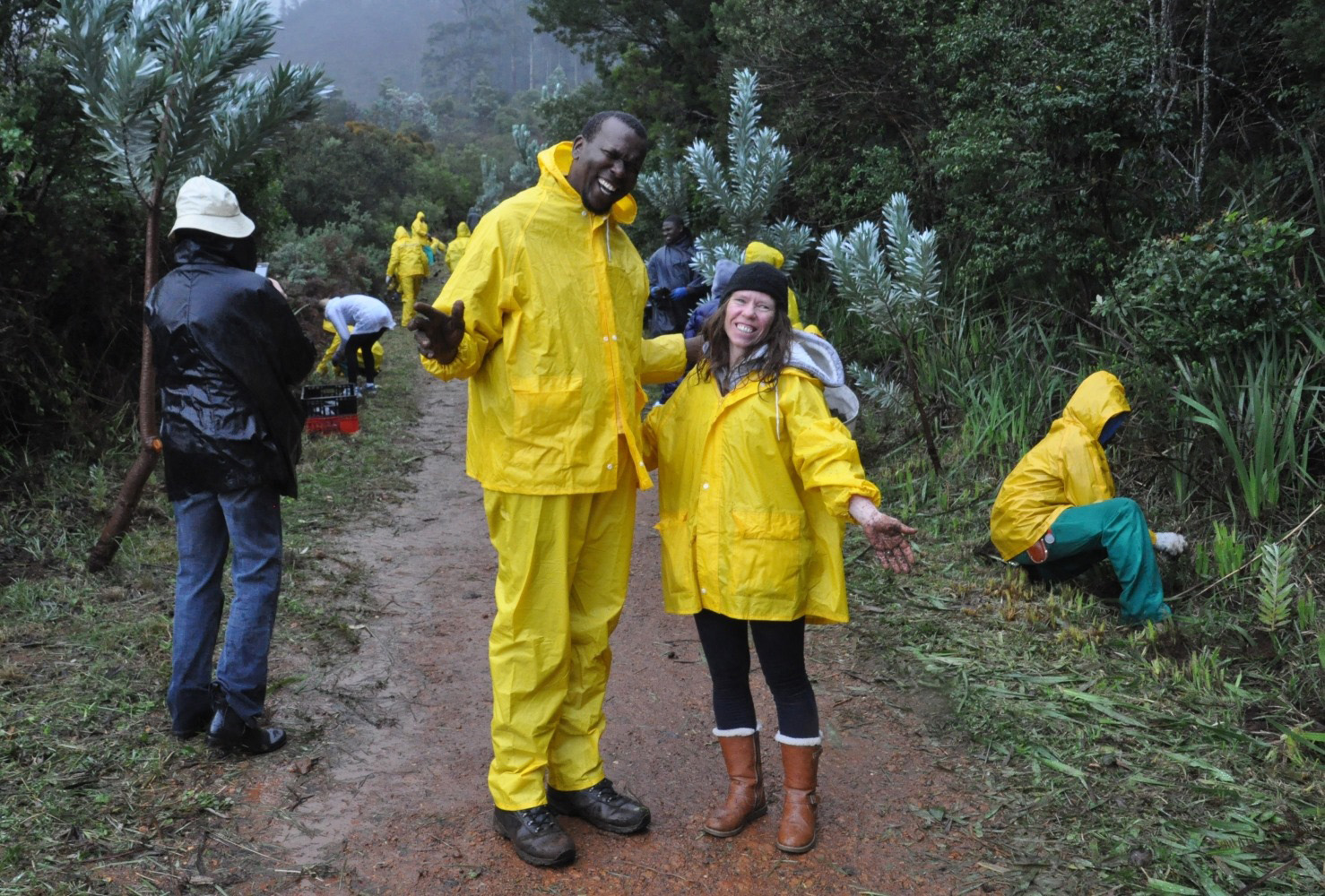
Horticulturist Mashudu Nndanduleni (left) and SANBI Seed Conservation Manager Victoria Wilman take a break from planting a row of rare silver trees (Leucadendron argenteum) in the Celia Forest near Tokai in the Western Cape. Credit SANBI
This is why planning for the Millennium Seed Bank Partnership began as far back as 1995, co-ordinated by the Royal Botanic Gardens, Kew, and funded initially by the UK’s National Lottery and several private benefactors including the Wellcome Trust and Orange Plc.
At the time, costs were estimated at around £80-million.
Opening the facility in November 2000, Prince Charles said: “I feel I am opening the Bank of England of the Botanical World, a place where this reserve currency – in this case life itself – is stored.”
But it’s not just an English project. Treaties have been signed with more than 50 nations and seeds collected from 190 nations and territories with the aim of storing at least 25% of the world’s orthodox wild plants by the end of this year.
In South Africa, plant experts have travelled across the country and banked 4,718 species in the global facility, says Victoria Wilman, Seed Conservation Manager for the SA National Biodiversity Institute (SANBI) at the Kirstenbosch National Botanical Garden.
After collection the seeds are dried slowly at low temperature before being cleaned, counted and put into airtight containers – in the hope that they will still be viable several hundred and possibly thousands of years from now.
While there are anecdotal records of seeds from ancient Egyptian tombs being successfully germinated, plant experts at Kew say the viability of seeds varies according to the species and the conditions they have been stored in.
By rapidly ageing batches of seeds at a range of high moisture content and high temperatures, and then plotting their loss of viability, some experts suggest that seeds from mung beans might live for 24,000 years and that teff grass seeds from Africa could still be viable for 15,000 years.
However, one of the few recorded real-life tests involved the 1987 successful germination of wheat and other cereals that had been placed in sealed glass vials in Vienna 110 years earlier.
More recently, scientists were able to germinate at least three seed varieties previously collected in South Africa in 1802. The seeds were found at the National Archives in London among the papers of a Dutch merchant whose ship was captured while returning from the Far East via the Cape of Good Hope.
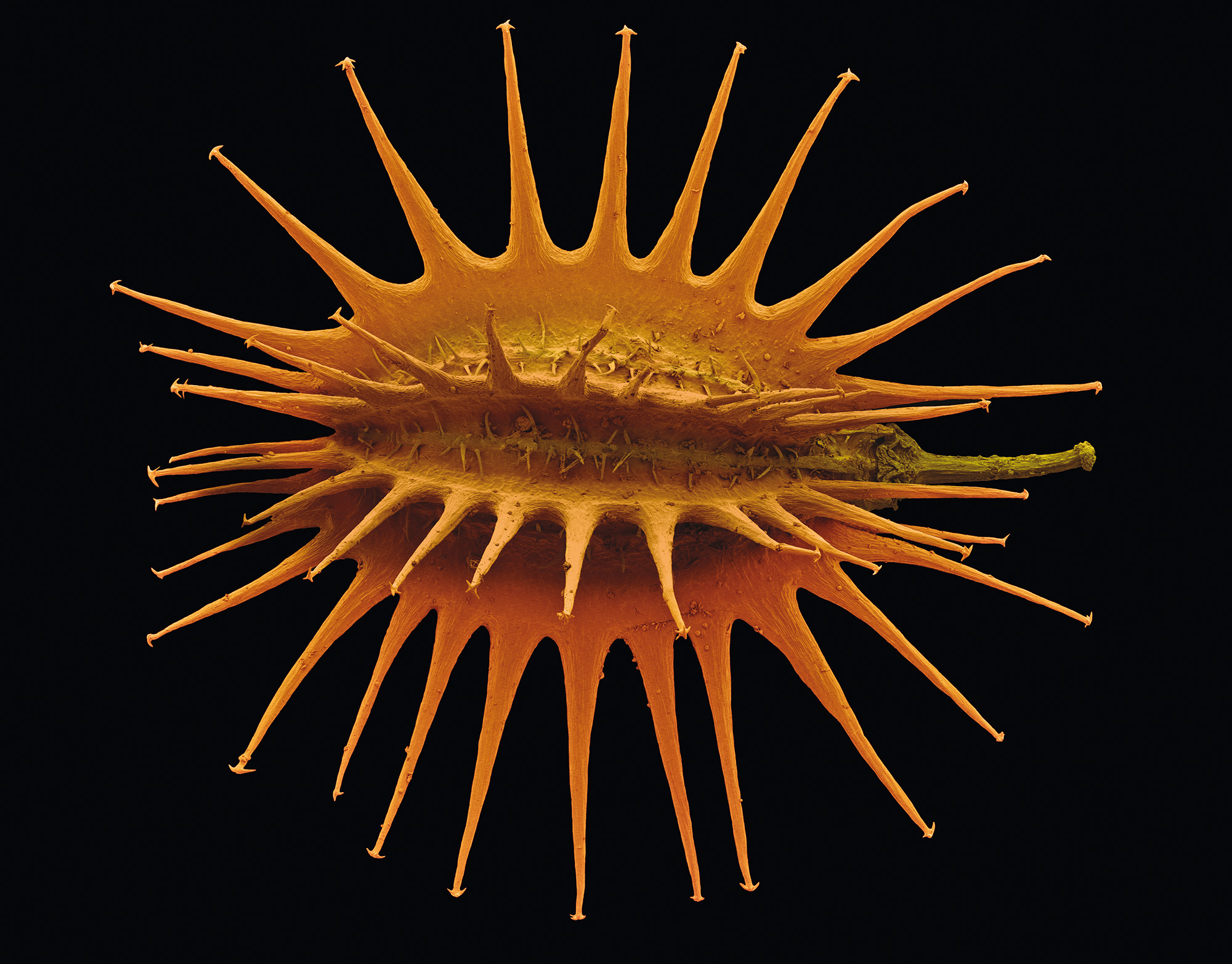
The seed from a wild carrot, Daucus carota. Credit Rob Kesseler
Another species came back to life by accident. The Chinese legume had been stashed in the British Museum in 1793 but when a fire broke out in 1940 it was “watered” by firemen and promptly germinated.
Wilman says SANBI is proud to be part of a worldwide conservation project that will help to safeguard local species from extinction.
“We have received so much support from the partnership, including funds, training and guidance, so that we can store our flora for the long term. It is a great feeling when you find a species that you have been searching for and can finally be sure that it is safely banked for the future.”
She says the project is particularly important for South Africa as the country is renowned for its rich floristic diversity – with at least 20,942 species having been recorded.
Two-thirds of these plants are endemic (found nowhere else in the world). South Africa also contains one of the world’s six floral Kingdoms, and also hosts three of the 35 globally recognised biological hotspots – the Maputaland-Pondoland, the Succulent Karoo and the Cape Floristic Region.
“South Africa is one of 17 megadiverse countries that hold more that 70% of the world’s biodiversity and due to the considerable work that has already been put into developing and implementing the Strategy for Plant Conservation, South Africa is considered one of the key countries for biodiversity conservation globally.”
But nearly a quarter of our plant species are considered to be threatened with extinction or at serious risk.
“Although all plant species deserve to be conserved, and it would be wonderful to have all our South African species in ex situ [off-site] collections, it is impossible to target all 20, 942 species at once. Even targeting just our 13, 754 endemic species is a tall order.
“Due to the fact that we are losing species at an alarming rate, and with limited resources and time available, priority targets must be set for species that require immediate attention for conservation and possible restoration,” says Wilman.
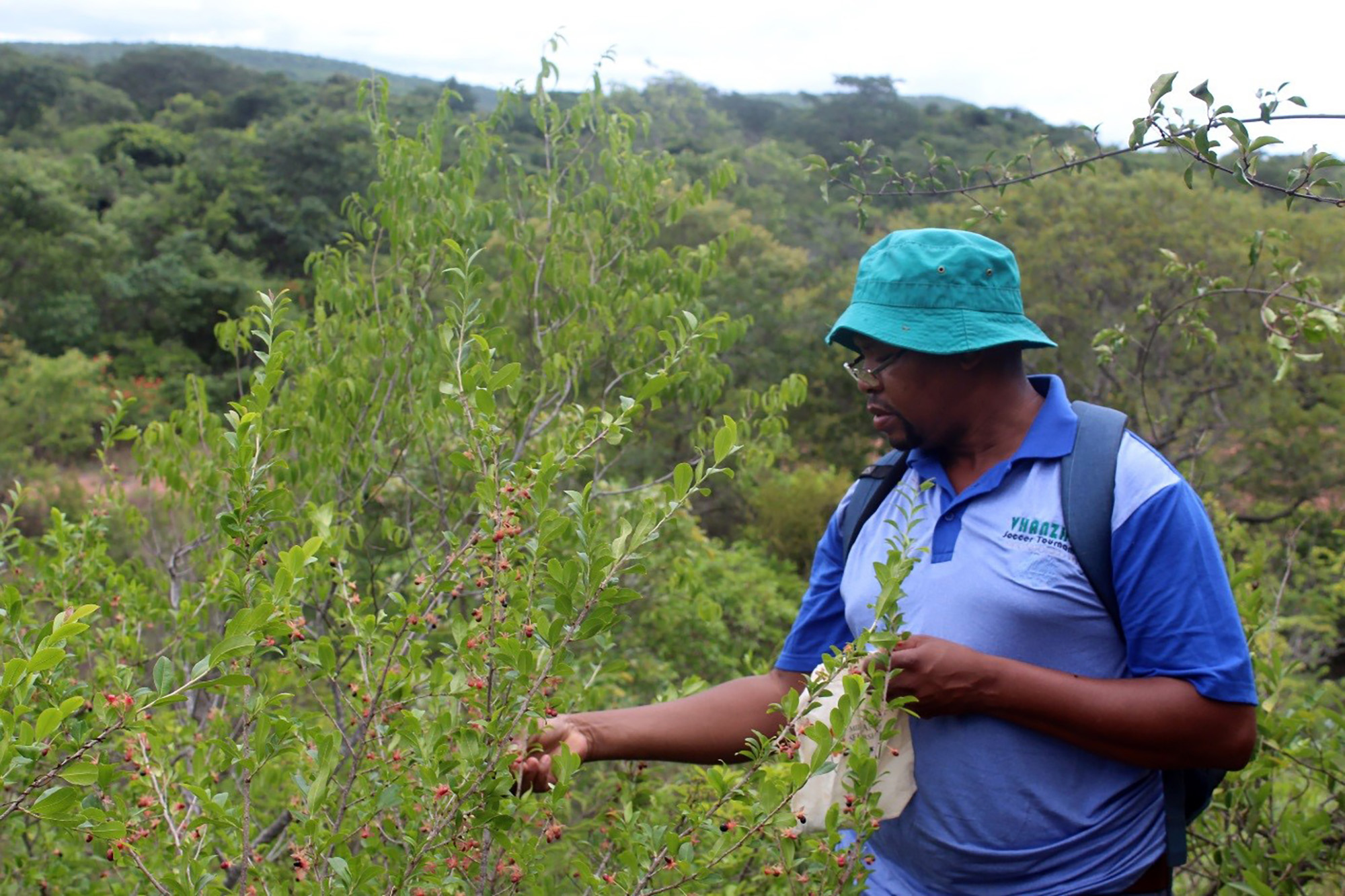
Lufuno Konanani collects seeds from the critically endangered Brackenridgea zanguebarica in Limpopo province. Credit SANBI
Richard Deverell, Director of the Royal Botanic Gardens, Kew, said: “As we face the toughest decade ever for our planet with species disappearing at an alarming rate, the work of the Millennium Seed Bank couldn’t be more important – even more so than we could have anticipated 20 years ago.
“The species safeguarded by the partnership since 2000 offer possibility and hope for future generations. They could help provide the next major food crop, develop a new cancer drug, or restore degraded habitats destroyed by climate change and deforestation.”
Elsewhere in the world, there are several smaller seed banks, while Norway also has a major repository to protect food and commercial crop species. The Svalbard Global Seed Vault, naturally cooled within chilly mountain rock in the Arctic Circle, opened in 2008 and now contains seed samples from nearly one-third of the world’s most important food crop varieties. DM168
Only a select few ground-breaking Daily Maverick 168 stories are published on our website. For all the most important stories of the week, get your copy of the Daily Maverick 168 newspaper at these Pick n Pay stores.

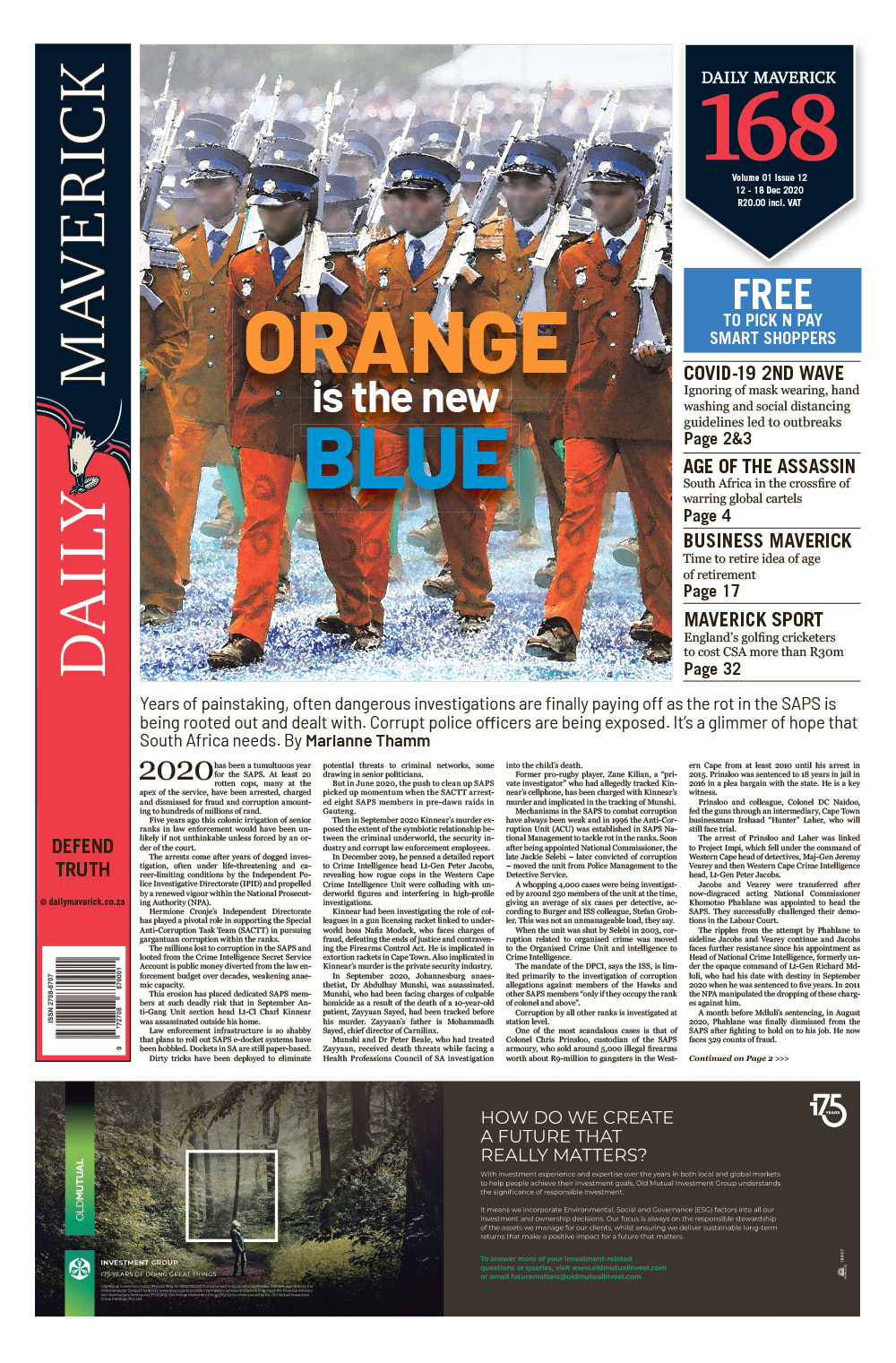



















 Become an Insider
Become an Insider
Comments - Please login in order to comment.